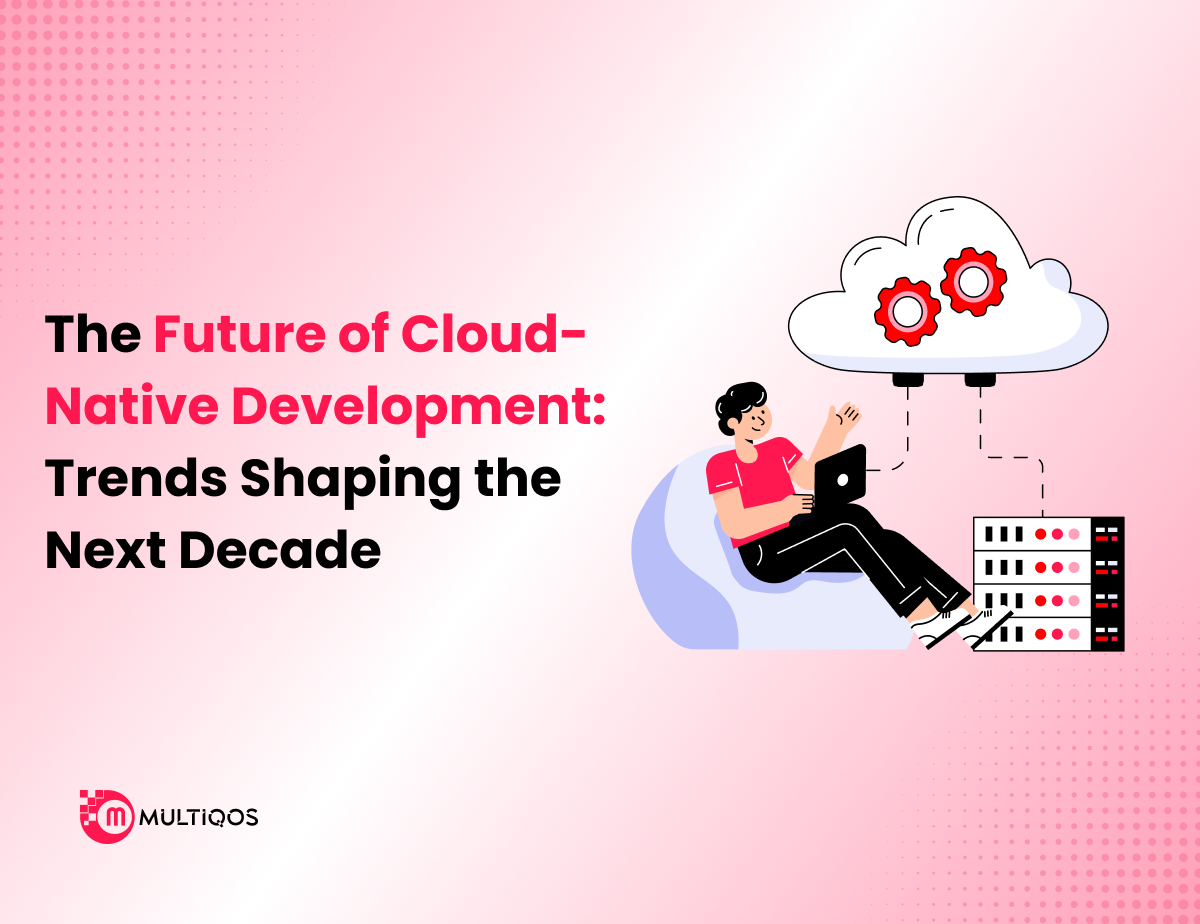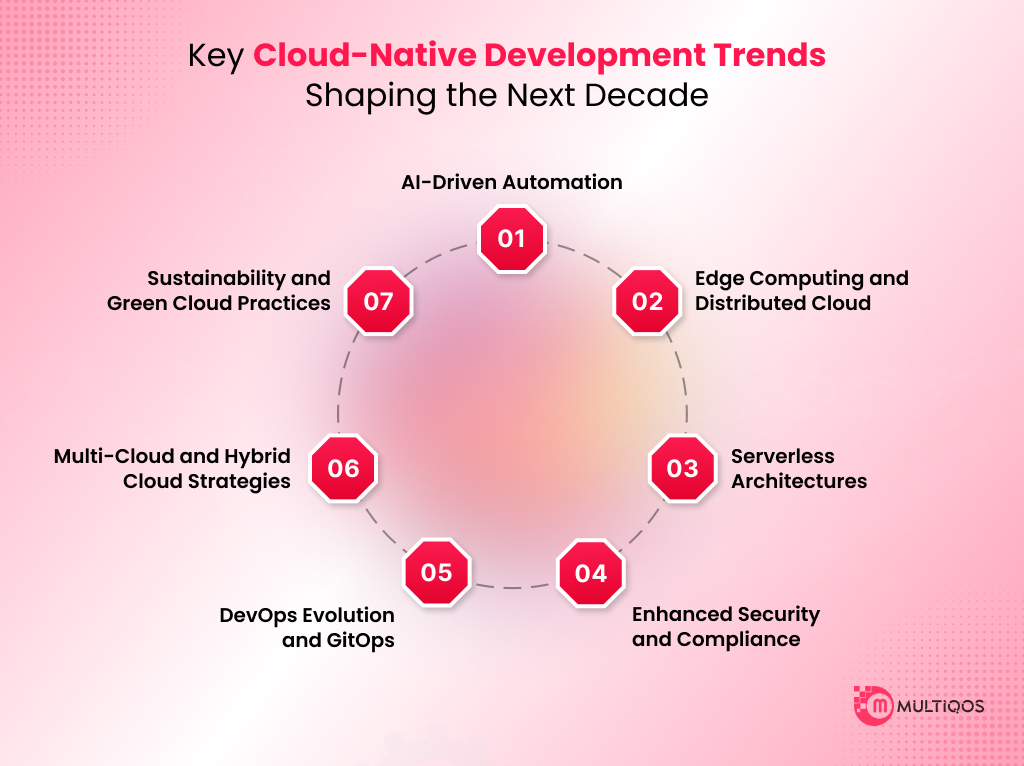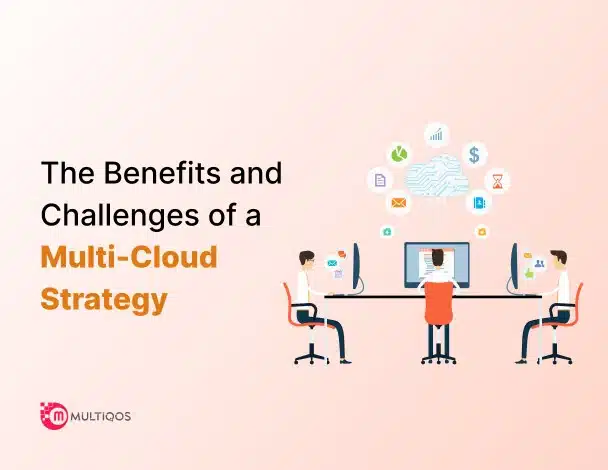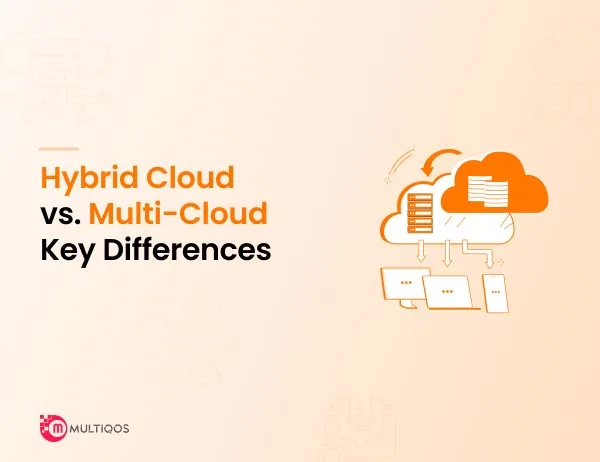The Future of Cloud-Native Development: Trends Shaping the Next Decade

Summary:
The future of cloud-native development is set to redefine how modern applications are built, deployed, and scaled. As organizations embrace containers, microservices, and serverless architectures, innovation and agility will drive competitive advantage. Over the next decade, trends such as AI-driven automation, edge computing, and enhanced security models will shape the evolution of cloud-native ecosystems.
Businesses that invest in cloud-native strategies will benefit from faster delivery, improved resilience, and greater scalability. This transformation marks a new era where cloud-native development becomes the foundation for building intelligent, adaptive, and future-ready digital solutions.
Introduction
The future of cloud-native development is not just a glimpse of tomorrow; it’s a complete modification in how software is planned, deployed, and scaled. As businesses demand faster innovation and refined flexibility, cloud-native ways like microservices, containers, and serverless computing are becoming the foundation of modern applications.
With AI-driven digitization, edge computing, and upgraded security creating the landscape, developers and organizations same must alter to stay forward. In this hurried transforming locale, realization the trends driving cloud-native innovation is key to building robust, scalable, and future-ready digital ways.
Cloud-Native Development: Definition and Its Future Impact
Cloud-native improvement is a path to building and running applications that thoroughly leverage modern cloud environments. Unlike traditional software, which often depends on fixed infrastructure, cloud-native applications are developed with scalability, resilience, and flexibility in mind. They typically rely on microservices, containers, APIs, and mechanized DevOps routines to deliver faster deployment and unbounded updates.
With the increasing demand for cloud computing solutions, organizations can establish applications that scale on demand, respond to user needs in real-time, and operate effectively across distributed environments. This technique furthermore enables businesses to innovate quickly, analyze safely, and reduce engaged overhead.
The future of cloud-native development is poised to transform how software is created, deployed, and managed. Evolving trends like AI-driven coding, edge computing, and serverless architectures will redefine modern application ecosystems. Businesses adopting this shift will gather a driven convenience through faster delivery, higher-quality resilience, and a foundation for future-ready digital innovation.
Key Cloud-Native Development Trends Shaping the Next Decade
As cloud-native development continues to improve, several key trends are set to define the future of cloud-native development, shaping how applications are built, deployed, and scaled over the next decade.
1. AI-Driven Automation
The future of cloud-native development will be heavily shaped by AI-driven computerization. Intelligent algorithms can monitor application performance, predict failures, and automatically adjust reserves in real-time. This allows cloud-native systems to self-heal and optimize workloads without human intervention. Essentially, this trend means faster releases, reduced downtime, and smarter involved management, producing AI not just a tool, regardlessly a critical switch of next-generation cloud-native ecosystems.
2. Edge Computing and Distributed Cloud
Edge computing in enterprise software is revolutionizing how data is processed and delivered. By moving computation closer to users and devices, organizations can reduce latency, tweak responsiveness, and handle tremendous amounts of real-time data clearly. Distributed cloud architectures, which unite centralized and edge nodes, affirm that cloud-native applications remain scalable and capable of supporting modern IoT, AR/VR, and real-time analytics applications.
3. Serverless Architectures
Serverless measuring is a specifying module of the future of cloud-native development. It eliminates the need to manage servers, allowing developers to focus solely on application logic. Cloud providers deal with scaling, accessibility, and infrastructure management automatically. This model not only reduces costs on the other hand also enables rapid deployment, reinforces microservices at scale, and allows applications to respond purposefully to adjusting workloads.
4. Enhanced Security and Compliance
Protection is no longer an extra thought; it is central to the future of cloud-native development. Cloud-native applications endorse zero-trust models, programmed threat detection, and continuous obedience monitoring to protect reactive data and maintain regulatory standards. Organizations that consolidate protection quickly in the growth operation can disallow breaches, skip costly downtime, and think with users in an increasingly elaborate digital landscape.
5. DevOps Evolution and GitOps
The transition of DevOps approaches, including GitOps and infrastructure as code, is an notable trend in the future of cloud-native prosperity. These operations modernize deployment, testing, and monitoring, helping teams to manage difficult systems instantly and safely.
By treating infrastructure as code and leveraging ongoing persistent deployment pipelines, organizations can accomplish faster innovation cycles, more reliable updates, and reliable environments across prosperity, staging, and production.
6. Multi-Cloud and Hybrid Cloud Strategies
To prevent vendor lock-in and fix redundancy, organizations are increasingly adopting multi-cloud and hybrid cloud schemes. Cloud-native applications shaped for multi-cloud interoperability offer flexibility, scalability, and resilience, ensuring workloads can run seamlessly across different providers. Hybrid deployments besides accept businesses to balance cost, performance, and regulatory compliance while leveraging the superior services from multiple cloud vendors.
7. Sustainability and Green Cloud Practices
Green software development is rising as a noteworthy trend in cloud-native ecosystems. Businesses are adopting modern, competent coding workflows, optimizing infrastructure usage, and leveraging renewable cloud platforms to minimize planetary approachable results. By uniting performance with longevity, organizations can collect eco-friendly operations without compromising scalability, truthfulness, or innovation.
Wrapping Up
The future of cloud-native development promises a decade of unprecedented innovation, where applications are smarter, more scalable, and self-optimizing. For firms seeking to leverage these directions efficiently, the appropriate expertise is critical.
To turn these possibilities into results, it’s fundamental to hire software developers who are proficient in cloud-native technologies, microservices structure, and modern DevOps implementations. By connecting forward-viewing frameworks with skilled professionals, organizations can not only keep pace with technological development but also acquire a keen edge in the digital stage.
FAQs
It allows organizations to innovate faster, scale applications productively, reduce operational costs, and respond to market demands hurried while ensuring high attainability and performance.
AI enables robotics, self-healing applications, predictive scaling, and luminous capital management, forming cloud-native systems smarter and more courageous.
Serverless architectures permit developers to goal on code without managing infrastructure, automatically scale applications, reduce costs, and speed up deployment cycles.
Businesses seeing to leverage the future of cloud-native improvement can pal with experienced teams. To implement scalable, obtain, and innovative methods, hire software developers with competence in cloud-native technologies, microservices, DevOps, and modern cloud platforms. Tie us to analyze our services and go ahead building future-ready applications.
Multi-cloud vs hybrid cloud techniques allow organizations to use multiple cloud providers or link on-premise and cloud infrastructure. This uplifts flexibility, reduces vendor lock-in, and ensures high accessibility and performance.
Get In Touch







